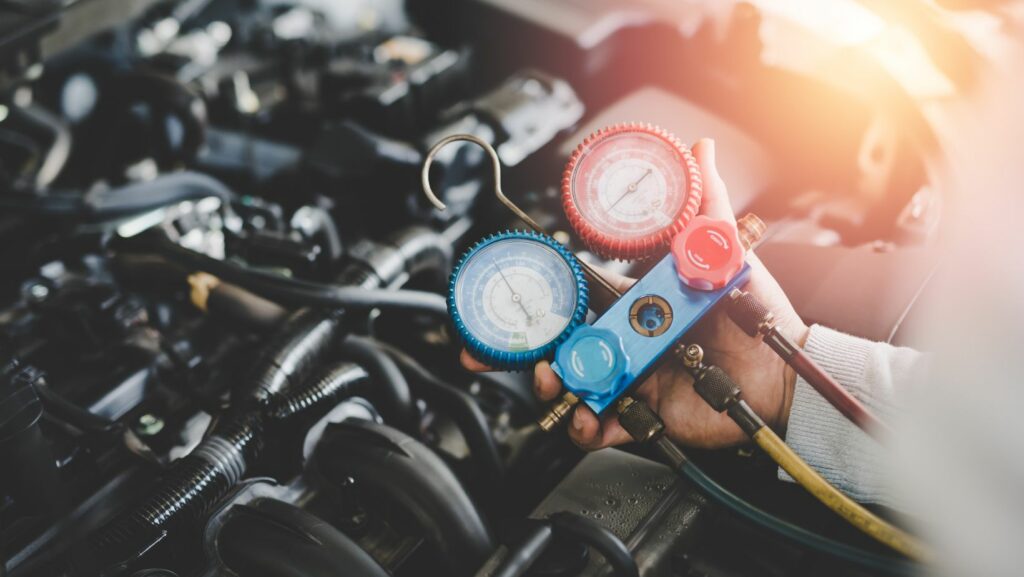Table of Contents
ToggleHow To Check For Vacuum Leaks With Wd40
WD-40 is not just for loosening rusty bolts; it can also be an effective tool in detecting vacuum leaks. The process involves spraying small amounts of WD-40 around the suspected areas while the engine is running. If there’s a leak, the WD-40 will be drawn into the intake manifold or affected area, causing a noticeable change in RPMs or even stalling the engine momentarily.
There are several common causes of vacuum leaks that you should be aware of. Faulty hoses or gaskets, cracked intake manifolds, and loose connections are some of the usual culprits. Identifying and fixing these issues promptly can help prevent further damage to your vehicle and improve its overall performance. So let’s dive deeper into how exactly you can use WD-40 to check for vacuum leaks and address any potential problems in your car’s system

Common Symptoms Of Vacuum Leaks
When it comes to diagnosing vacuum leaks, being aware of the common symptoms can make the process much easier. Here are a few telltale signs that could indicate you have a vacuum leak in your vehicle:
- Rough idle: If you notice that your engine is running unevenly or shaking while at idle, it could be due to a vacuum leak. The inconsistent air-fuel mixture caused by the leak can disrupt the engine’s smooth operation.
- Loss of power: A vacuum leak can lead to a decrease in engine power and performance. You may experience sluggish acceleration or difficulty maintaining speed, especially when going uphill.
- Hissing or whistling noise: One of the most common indicators of a vacuum leak is an audible hissing or whistling sound coming from under the hood. This noise occurs when air is escaping through the damaged seal or hose.
- Check Engine Light (CEL) illuminated: In many cases, a vacuum leak will trigger the Check Engine Light on your dashboard. The onboard diagnostics system detects irregularities in the air-fuel ratio and alerts you to potential issues.
- High fuel consumption: A compromised vacuum system can disrupt proper fuel delivery, resulting in increased fuel consumption. If you find yourself filling up more frequently than usual without any other apparent reason, it’s worth investigating for possible leaks.
- Stalling or hesitation: Vacuum leaks can cause intermittent stalling or hesitation during acceleration as they interfere with proper combustion and throttle response.
- Engine misfires: Misfires occur when there is an imbalance between fuel and air ratios within the cylinders. Vacuum leaks can contribute to this problem by disrupting optimal combustion conditions.
If you observe any combination of these symptoms, it’s recommended to inspect your vehicle for potential vacuum leaks promptly. Addressing these issues early on can prevent further damage and ensure optimal engine performance.
Remember, diagnosing and repairing vacuum leaks should be done by qualified professionals with the necessary experience and tools.

